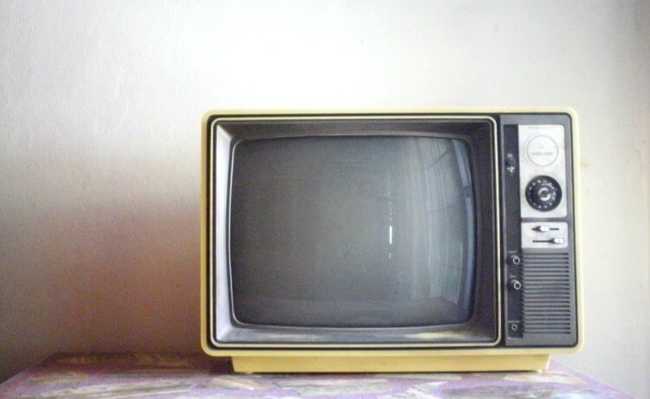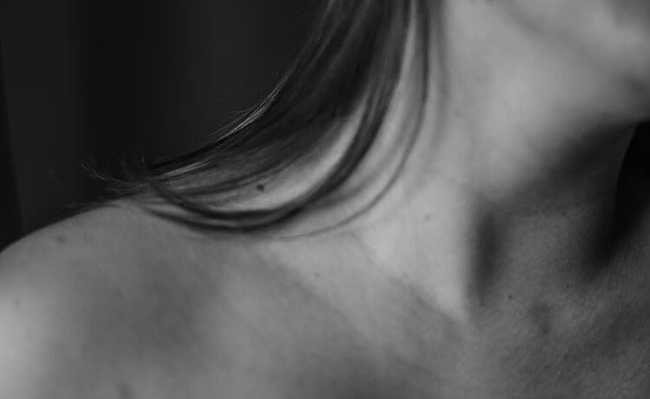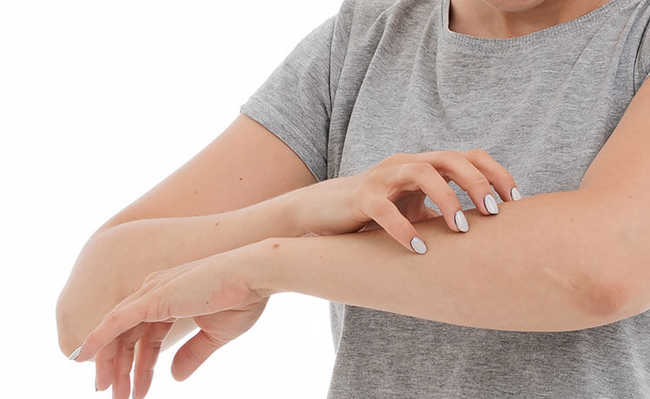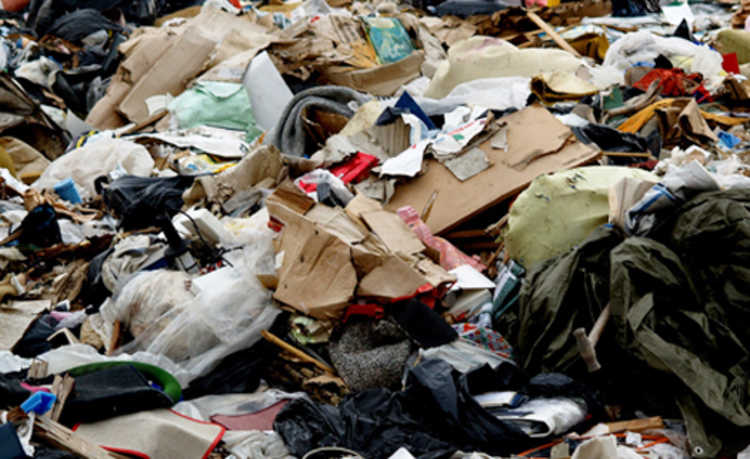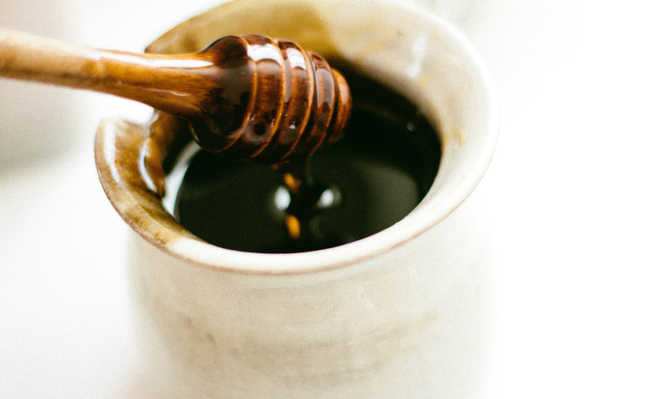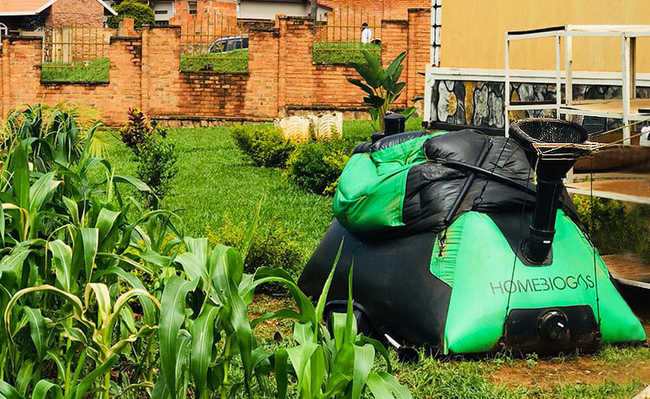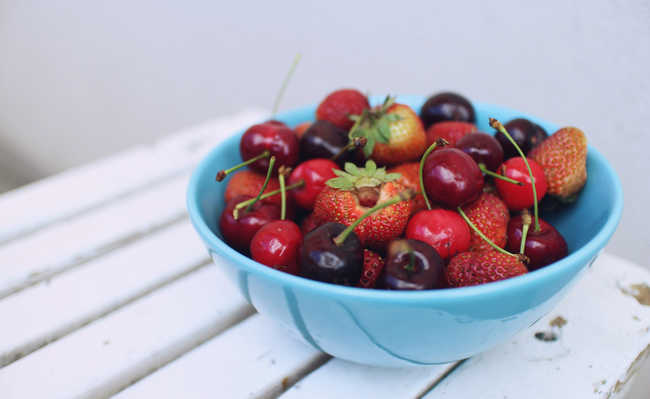How to get you out of your clothes?
It is possible to remove stains and the smell of cece from clothes using natural products

The bad odor caused by axillary bromhidrosis , popularly known as cecê , is the result of the action of bacteria that proliferate in the warmest regions of the body, such as the armpit and groin, and in most cases it can be combated with hygiene measures and natural remedies . In addition to being uncomfortable, the blubber also impregnates the clothing, sometimes seriously compromising its use. Knowing how to get your head off your clothes is one of the most important skills, especially in a hot country like Brazil.
- Check out the article “You: technically axillary bromhidrosis” to learn more about the condition and how to avoid it.
Even taking care with hygiene (to prevent the bad smell of bromhidrosis from appearing), it is common for a part of the sweat expelled by the body to accumulate on clothes throughout the day. Over time, residues can accumulate on the inner parts of the sleeve, which are in direct contact with the armpits, for example.
- Hygiene theory: when cleaning is no longer beneficial
It's as if the blubber gathers in yellow stains and still smells bad even after many washings. And that's really what happens. Or almost! In fact, when the smell of youe is ingrained in the clothes, it is because the bacteria that have proliferated in the body have passed into the fabrics, establishing their colonies there. Therefore, to remove the bad smell, it is important to use products that eliminate bacteria completely.
Yellowish spots are very common in gym clothes and teenagers, who are undergoing a hormonal transition. But rest assured, it's not so difficult to get rid of them! There are some techniques to remove the cece from clothes without the need to use aggressive chemical products and which prevent the premature disposal of your bad-smelling items.
Check out some natural options on how to remove the smell of white from your clothes:
1) Apply vinegar
If the smell of lily isn't so strong, applying a little white vinegar or alcohol vinegar directly to the infected area before washing should take care of the bacteria. As it is an acidic product, mainly composed of acetic acid, vinegar is a powerful bactericidal agent. Wet the smelly area of the clothing well with white vinegar, wait between 3 and 5 minutes and then wash normally.
- White Vinegar: 20 Amazing Uses
2) Soak in vinegar before washing
This is an option similar to the first, but stronger. Soaking your sweaty or foul-smelling garments in vinegar before washing will help remove the smell of you. Fill a bucket or tank with enough water to cover your clothes. Add ½ cup of white alcohol vinegar for every 5 liters of water. Soak the clothes in this mixture for a minimum of 30 minutes (and a maximum of 2 hours). Then just wash normally with soap and water.
3) Apply lemon and baking soda
Yes, baking soda can also be used to get the cece off your clothes! (Learn more about the different uses of baking soda)
This mixture is also suitable for cases of more extreme cece, such as in the case of teenage sweat stains or persistent stains. Mix a tablespoon of baking soda with the broth of half a lemon. With the garment still dry, use a clothes brush to apply the paste over stained or smelly areas. Rub the piece lightly. Let it act for about 30 minutes. Then wash normally with soap and water.
If the garment is heavily compromised by cece or old sweat stains, it may be more difficult to remove the smell and kill the bacteria. In such cases, one option is to combine the methods. Do method number 3, applying the lemon paste with baking soda, then soak in the vinegar before washing. Another option is to put a little more vinegar and baking soda directly into the washing machine.
- Lemon Juice: Benefits and Ways to Use
Tips to prevent your head from building up
1) Avoid storing sweaty clothes in the hamper or closet
If a garment is very sweaty, try to wash it right after use. If you can't wash it right away, you can soak it in soapy water. This is a good tactic for gym clothes. The sauce will help with later washing.
2) Put clothes to dry in a well-ventilated place
Prevent the pieces from accumulating traces of moisture, which favor the proliferation of bacteria that cause bromhidrosis. In apartments, a clothesline next to a window is a good option. If you live in a one-story house or have some space that is very sunny, a portable clothesline on the floor is good for putting your clothes out to dry in the sun, which also helps to kill the bacteria responsible for your lisp.
3) Do a pre-wash
If you felt your clothes were piling up over the course of the day, don't let the sweat dry. Pre-wash the sweaty or stained areas as soon as you take the piece off. This will prevent the bacteria present there from becoming impregnated. The longer it takes you to wash a sweaty garment, the greater the proliferation of bacteria and the harder it is to kill them later.
4) Use vinegar and baking soda as preventatives
In addition to being great for cleaning surfaces, white vinegar and baking soda can also be used as preventatives in everyday laundry washing. For a full machine (about 8 kg), you can add a teaspoon of baking soda along with the laundry detergent when you do the laundry. Vinegar can be added to some compartment for prewash or fabric softener. Half a cup of coffee is enough. This helps to remove bad odors and kill residual bacteria present in everyday clothes.
5) Don't mix clothes!
Try to wash clothes that are very dirty separately from those that have been little used.



